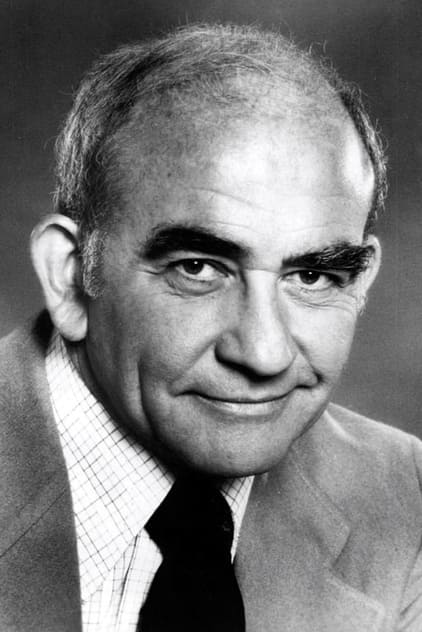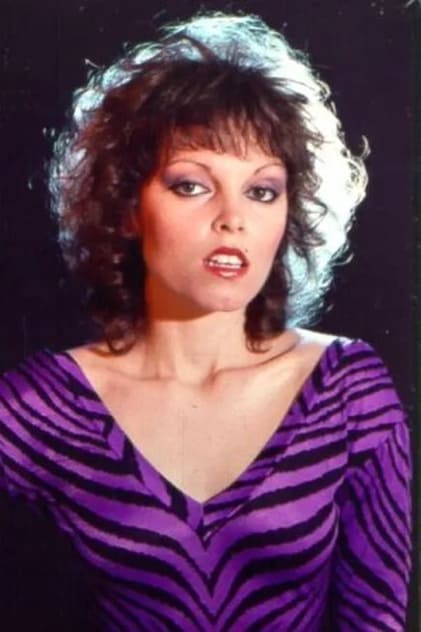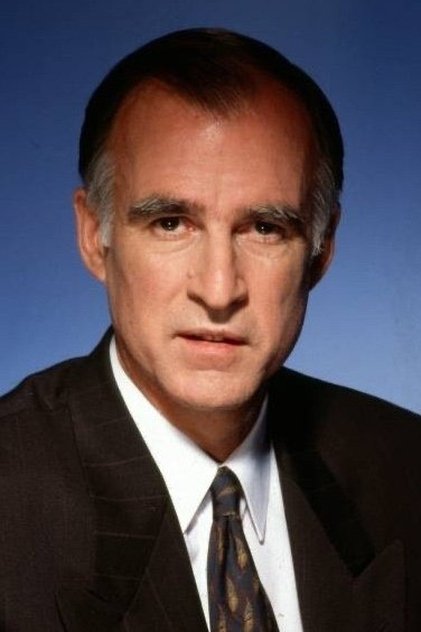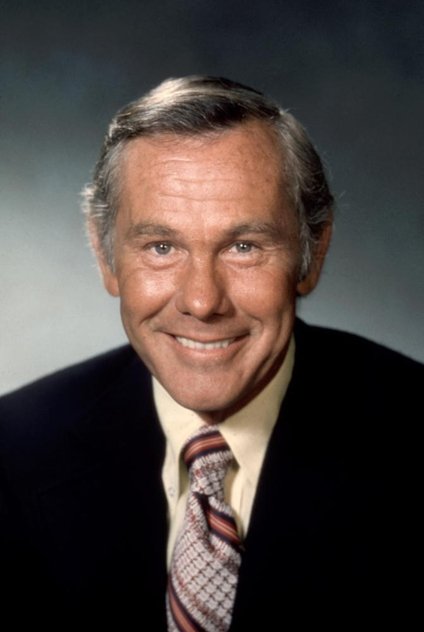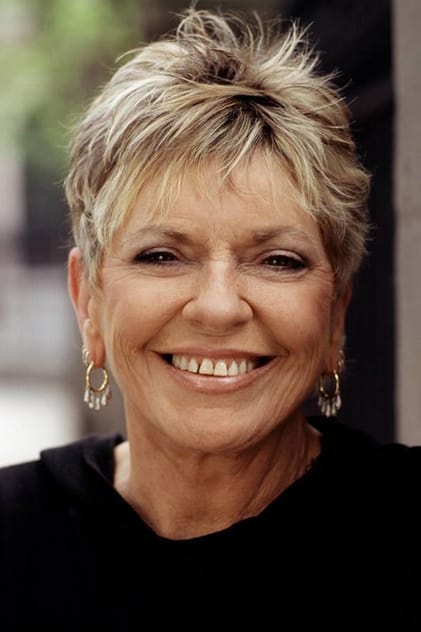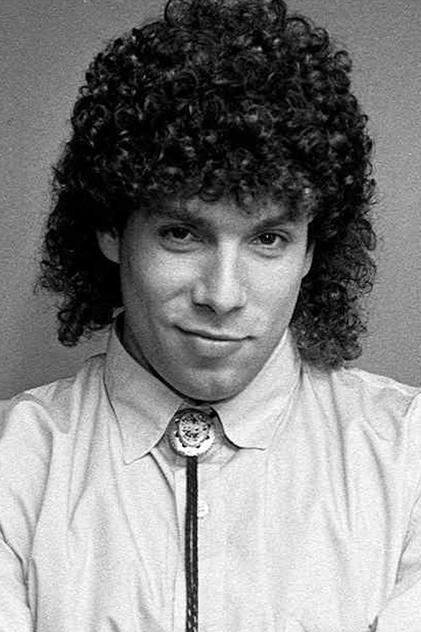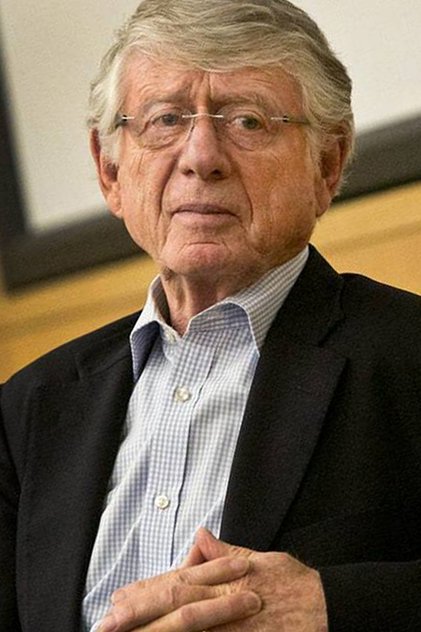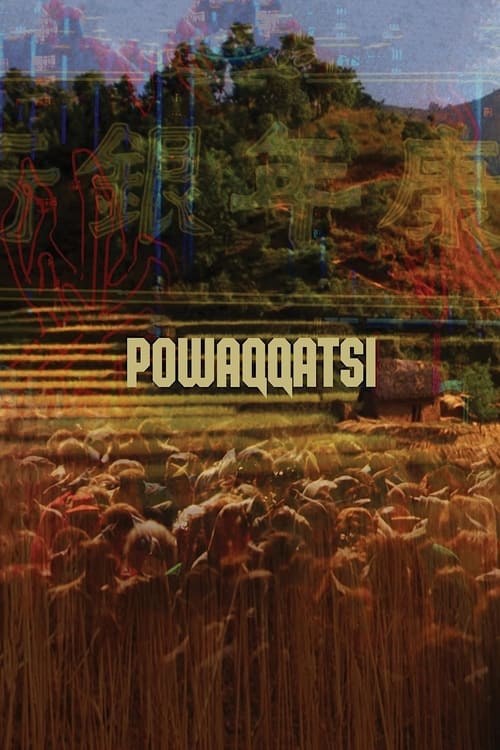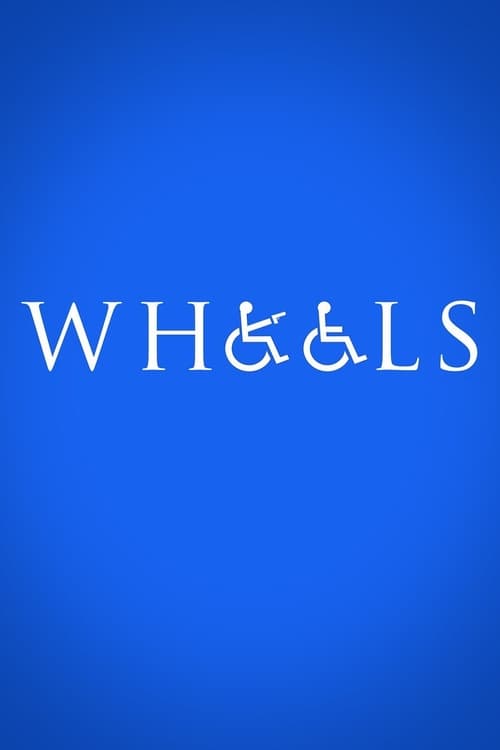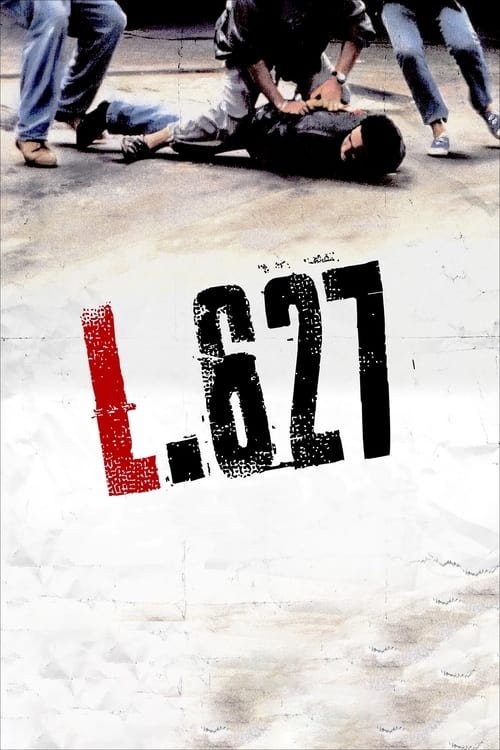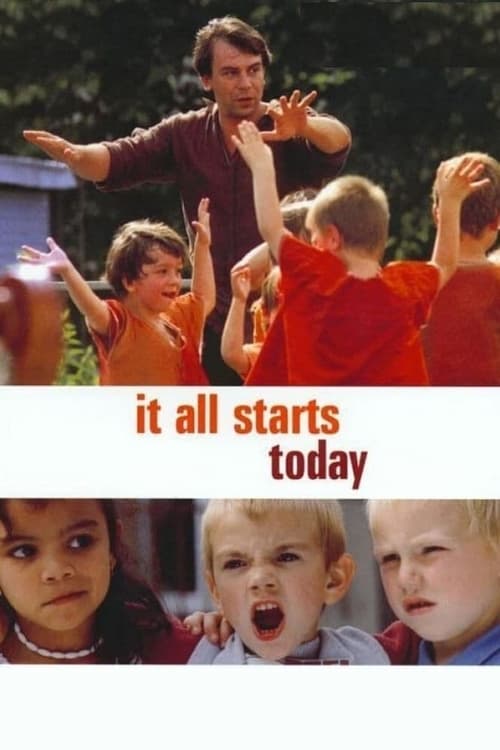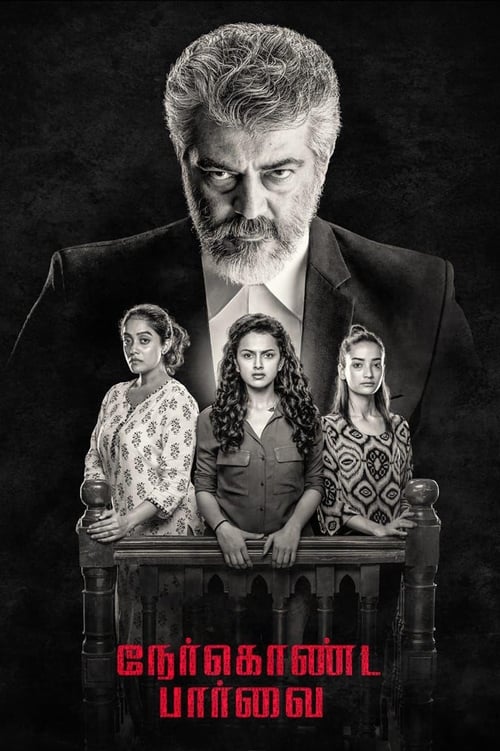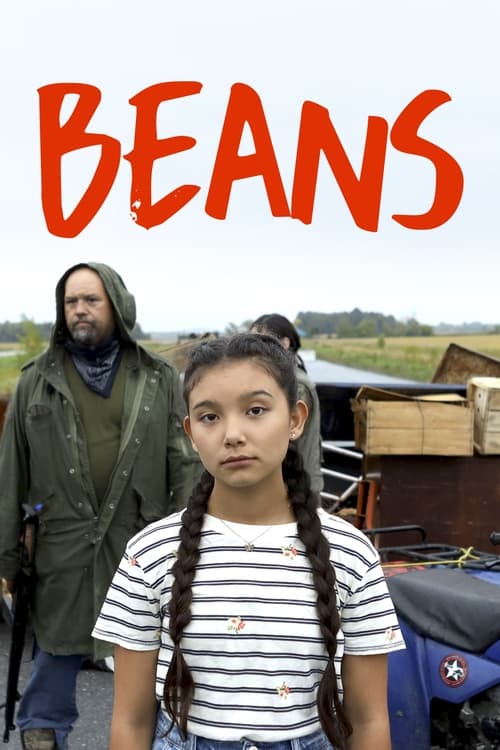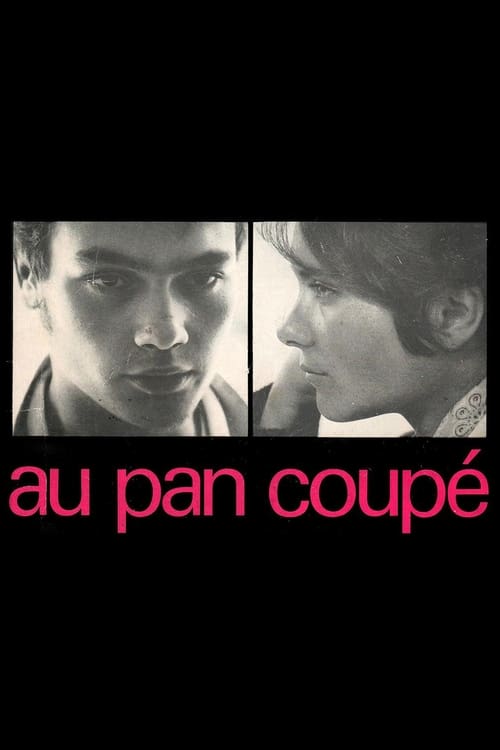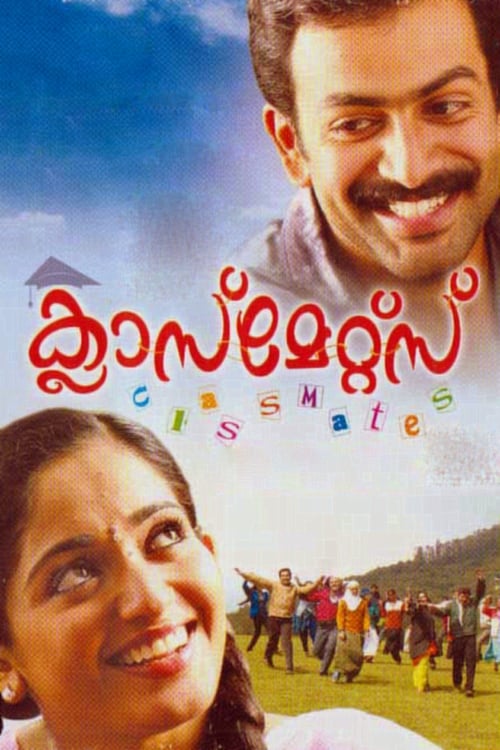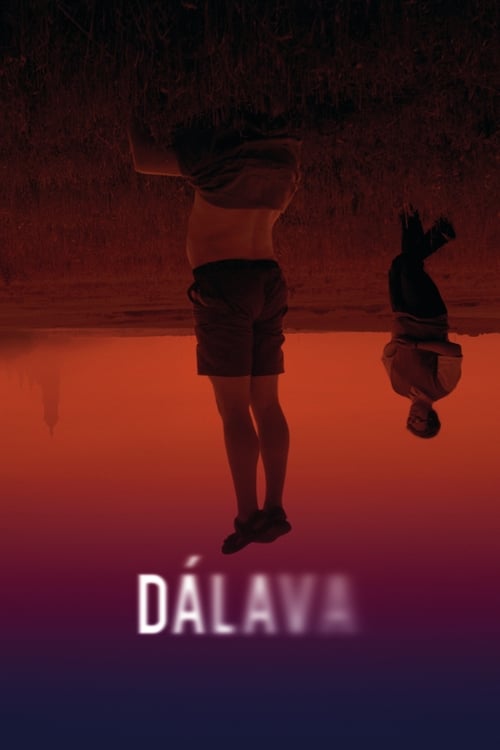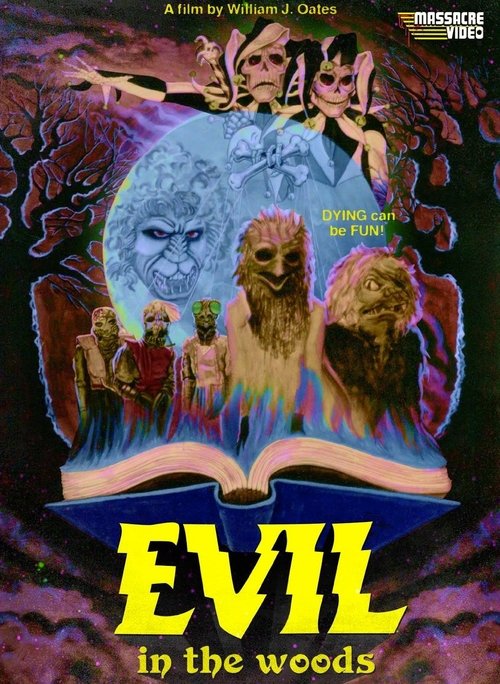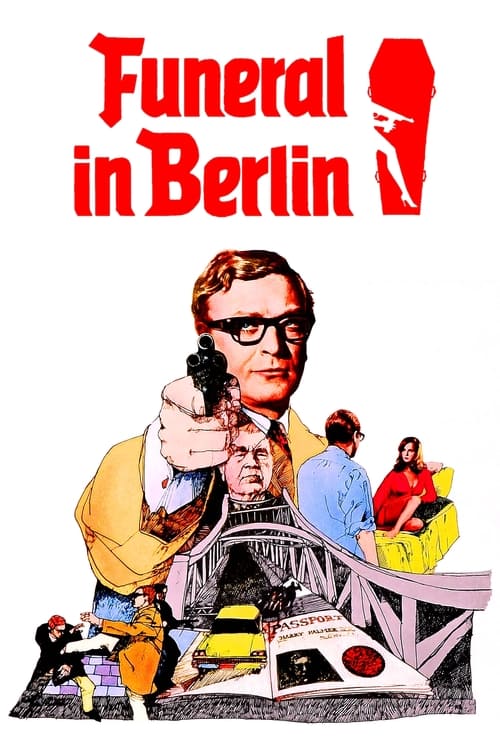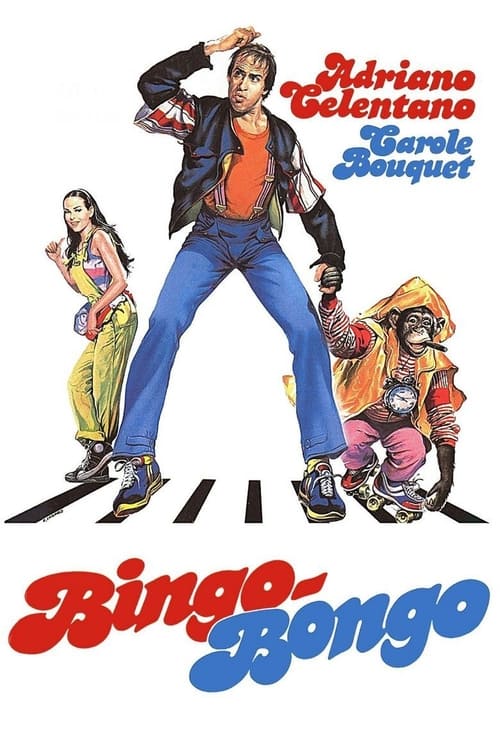

1983
·86m
Koyaanisqatsi
Summary
Takes us to locations all around the US and shows us the heavy toll that modern technology is having on humans and the earth. The visual tone poem contains neither dialogue nor a vocalized narration: its tone is set by the juxtaposition of images and the exceptional music by Philip Glass.
Director, Screenplay
Godfrey Reggio
Idea
Guy Debord
Idea
Jacques Ellul
Idea
Ivan Illich
Idea
David Monongye
Idea
Leopold Kohr
Screenplay
Michael Hoenig
Screenplay
Ron Fricke
Screenplay
Alton Walpole
Reviews
narrator56
September 20, 2020
This is an art film of sorts, eschewing dialogue or narration or a recognizable plot for a visual and musical banquet of images and scenes. So if you are into art films (or want to appear like you are), this is the film for you.
The photographic techniques remind me of nature films, which may not be a coincidence since the subject matter seems to Focus on what is seen as being against nature. So it is all here: explosions and collapsing of buildings, a bridge, about five times, even what looked like a nuclear blast; then time lapse photography of city and highway traffic and masses of people walking; plus slow motion clips of masses of people walking; and shots of tenements and abandoned building and kids playing in water from fire hydrants — well, you get the idea.
I like Philip Glass’s music, but there were times I didn’t think what they used quite fit what was being shown on the screen. But like he apparently told the producers more than once before they convinced him to take it on, movie scores weren’t his thing.
So as the William Hurt character says in The Big Chill, just let the art flow over you. If nothing else, check out the dress and hair styles of folks in the wacky 1980s!
Media
Status:
Released
Original Language:
Budget:
$600,000.00
Revenue:
$3,200,000.00
